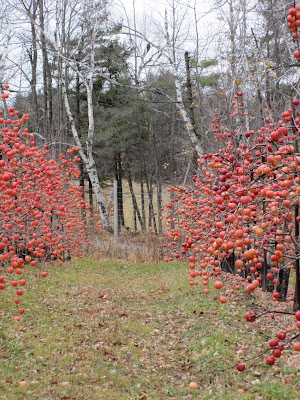Single digit temperatures, led to boredom with being inside, which led to light-headedness, which caused me to take out a deck of cards.
I started designing my own business cards many years ago, many professions ago, but not many places ago. My homes have always been New York and Vermont. That old cliche that says "as much as things change, they stay the same" is somehow eerily true looking at the aesthetic informing these cards.
The very first card was typeset; I remember my surprise when I picked it up at a local Vermont printer. It actually looked the way I imagined.
The next card was brought on by a fit of laughter walking down a street in New York and seeing this painted mural, especially after being rejected for a grant that would have legitimatized my title of artist.
I needed a pair of silver pumps for a party, not a new business card. However, this high-end Italian shoemaker, offered customers a little tiny "calling card." Of course, it took months to get the card, printed in Italy or so they said. This card was a losable card, it didn't fit in a rolodex, easily fell to the floor and no one could ever remember what they did with it.
Once you enter the world as a person with a website, you need a card that "matches" your website. Subsequently, the latest, if not the greatest was born.
Sitting on the sofa, on a cold winter day, I am thinking not of sugarplums, but of the next design.
Happy Christmas!
4 days ago



















 snap du jour (photo blog)
snap du jour (photo blog)




